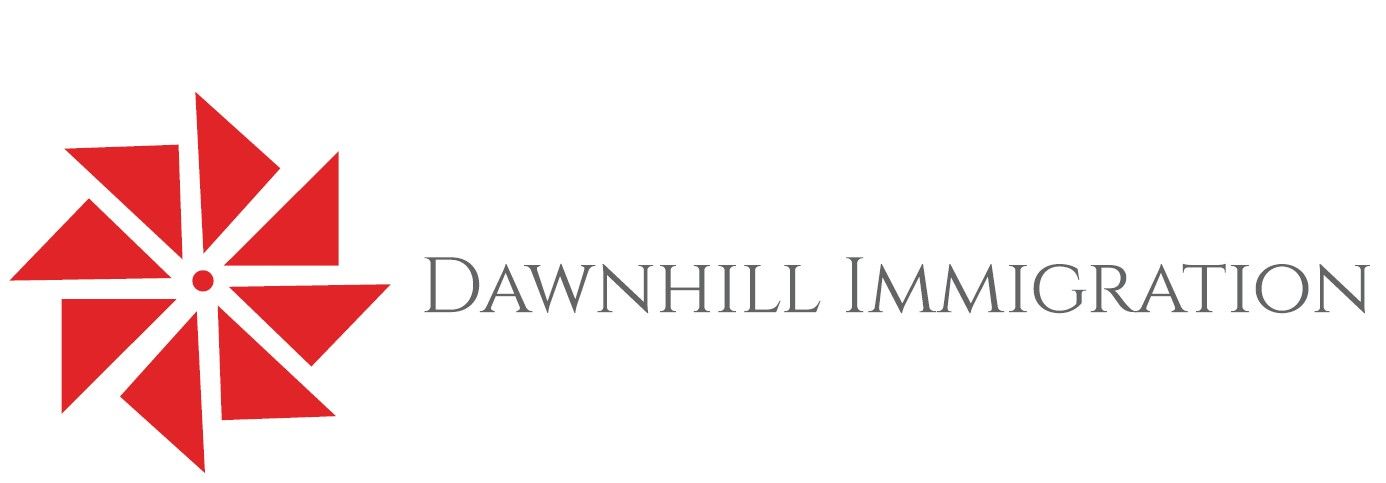Essential Guide to Canadian Immigration: Navigating the Process with Ease
Understanding the Basics of Canadian Immigration
Canada is known for its welcoming attitude towards immigrants and offers a variety of pathways for those seeking to make it their new home. Understanding the basics of Canadian immigration is crucial for a smooth process. It encompasses various programs and legal requirements that potential immigrants must navigate.
The immigration process is primarily divided into categories such as economic, family, refugee, and humanitarian classes. Each category has its own set of eligibility criteria and application procedures. The most popular route is through the economic class, which includes the Express Entry system.

Express Entry System
The Express Entry system is a points-based system used by the Canadian government to manage applications for permanent residency under certain economic immigration programs. These include the Federal Skilled Worker Program, Federal Skilled Trades Program, and the Canadian Experience Class.
Applicants are evaluated based on criteria such as age, education, work experience, and language proficiency. Once you submit your profile, you are ranked against other candidates, and the highest-ranking applicants are invited to apply for permanent residency through regular draws.

Provincial Nominee Programs (PNP)
In addition to the federal programs, each province and territory in Canada has its own Provincial Nominee Program (PNP). These programs allow provinces to nominate individuals who wish to immigrate to Canada and who are interested in settling in a particular province. PNPs are designed to meet specific provincial needs and priorities.
Applicants can apply for a nomination directly from the province or through the Express Entry system. A provincial nomination can significantly increase your chances of being invited to apply for permanent residency.
Family Sponsorship
If you have family members who are Canadian citizens or permanent residents, you might be eligible for family sponsorship. This program allows sponsors to bring their spouse, common-law partner, dependent children, parents, or grandparents to Canada. It's an excellent option for those looking to reunite with their loved ones.
The sponsor must meet certain requirements, such as financial stability and the ability to support their family members once they arrive in Canada. The application process involves proving the genuineness of your relationship and meeting all legal obligations.

Preparing Your Application
Preparing a successful immigration application requires careful attention to detail. It's crucial to gather all necessary documents and ensure they meet the requirements of the specific immigration program you're applying for. Missing or incorrect documents can lead to delays or even rejection of your application.
It's advisable to seek professional assistance from licensed immigration consultants or lawyers who can provide guidance tailored to your situation. They can help you understand complex legal terms and ensure your application is complete and accurate.
Final Steps and Settling in Canada
Once your application is approved, you'll receive a Confirmation of Permanent Residence (COPR) document. With this document, you can travel to Canada and officially become a permanent resident upon your arrival.
Settling in Canada involves several steps, such as finding accommodation, enrolling in healthcare, getting your social insurance number, and opening a bank account. Various resources are available to help newcomers integrate smoothly into Canadian society.

Conclusion
The journey to Canadian immigration can be complex, but with proper research and preparation, it can be navigated successfully. Understanding the available pathways and requirements is essential for a successful application. Whether through economic programs, family sponsorship, or provincial nominations, Canada offers numerous opportunities for those seeking a new beginning in this diverse and welcoming country.
